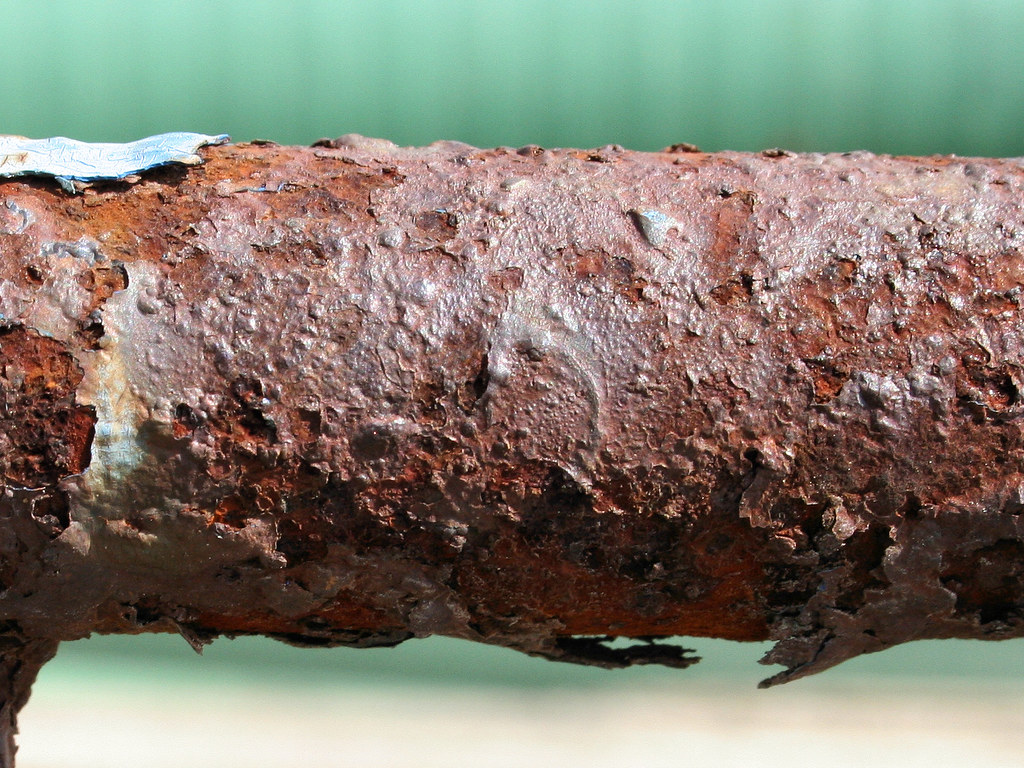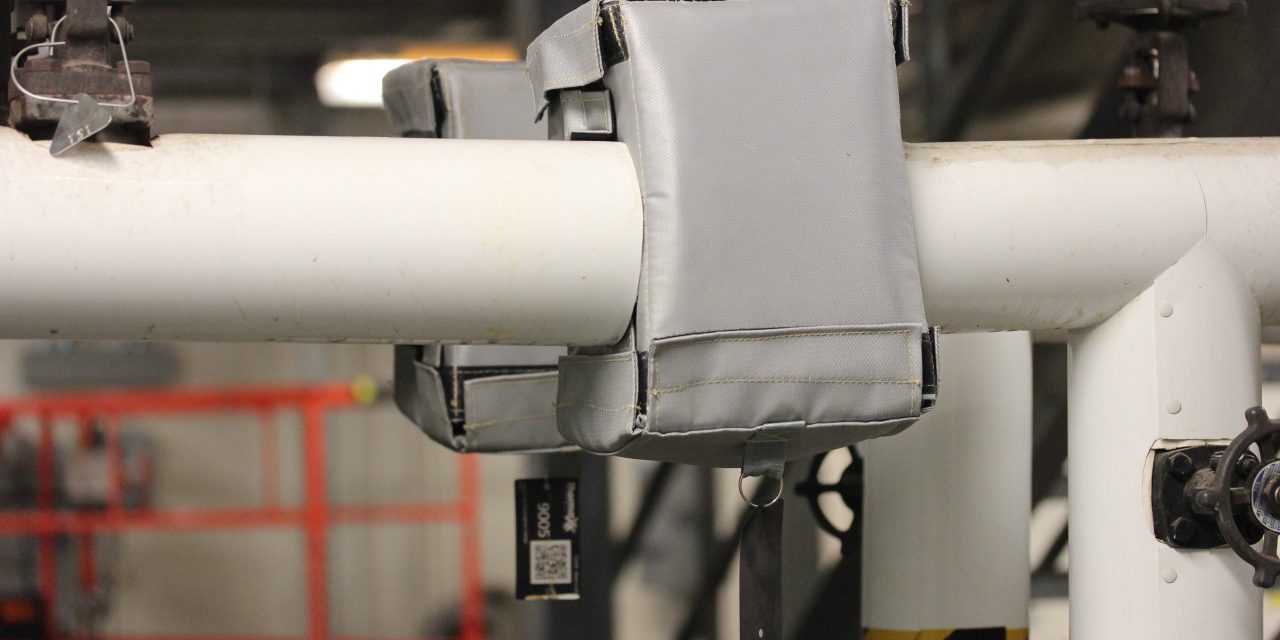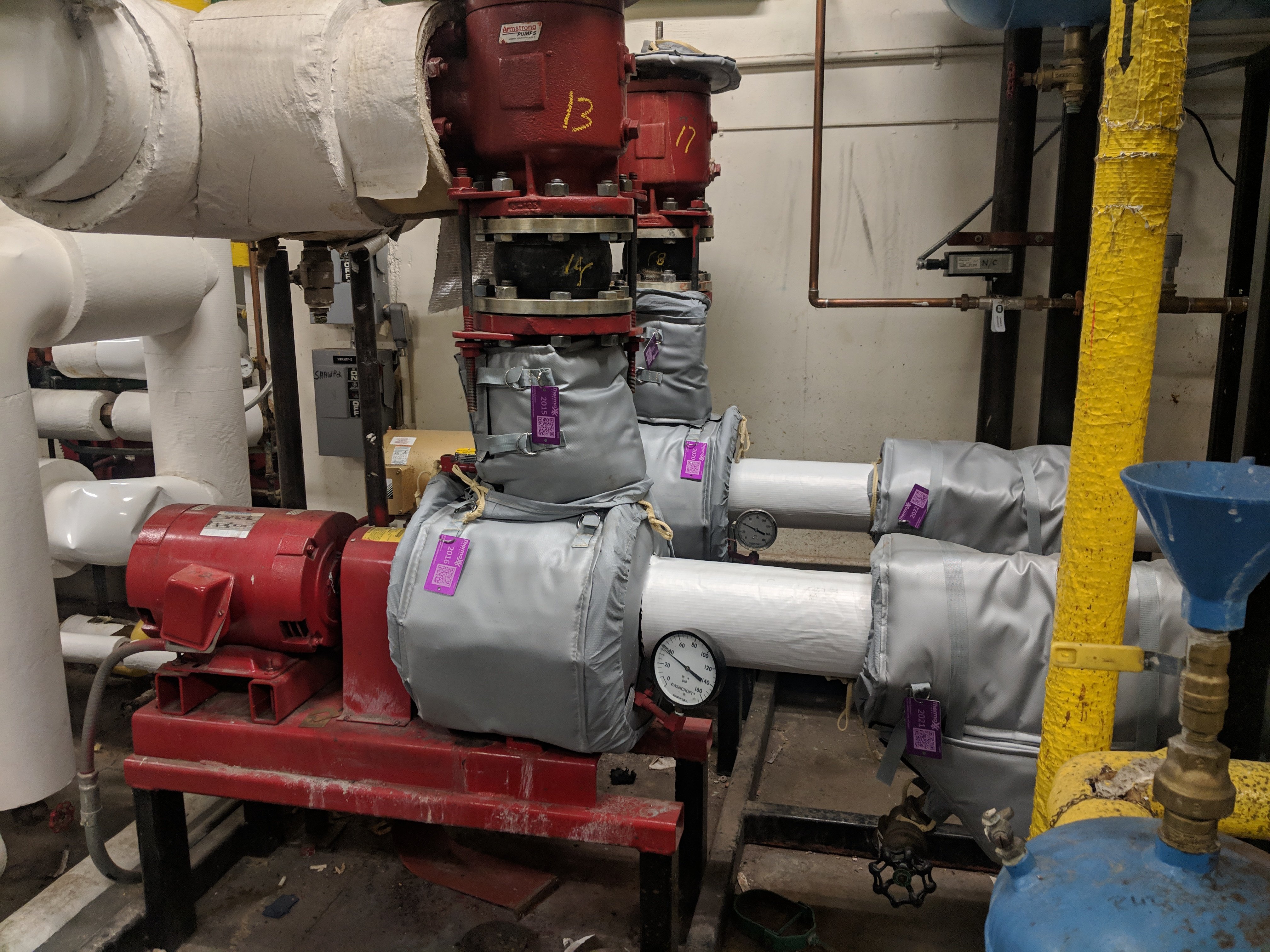Corrosion Under Insulation (CUI)
Corrosion Under Insulation (CUI):
What it is and how to prevent it
Corrosion under insulation (CUI) is the corrosion of piping and vessels that occurs beneath insulation as a result of water penetration. The water can come from rain water, leakage, deluge system water, wash water, or sweating from temperature cycling or low temperature operation such as refrigeration units.
Unfortunately, because the corrosion is hidden under the insulation, CUI tends to remain undetected until the insulation is removed for inspection or when leaks occur. CUI is a common problem across many industries, including refining, petrochemical, power, industrial, onshore and offshore industries.
In 2001, a study commissioned by Congress was completed by a research team of corrosion specialists. The study, titled "Corrosion Costs and Preventive Strategies in the United States" reported the direct cost of corrosion to be $276 billion per year, with that number potentially doubling when indirect costs are also considered.
Another study, commissioned by ExxonMobile Chemical and presented to the European Federation of Corrosion in September 2003 indicated that:
- The highest incidence of leaks in the refining and chemical industries are due to CUI and not to process corrosion
- Most piping leaks - 81% - occur in diameters smaller than 4-inch nominal pipe size
- Between 40% and 60% of piping maintenance costs are related to CUI
Causes of Corrosion Under Insulation
For CUI to form there must be two basic ingredients: moisture and warm temperatures. For iron products like carbon steel piping and equipment, oxygen is also required. To have chloride stress corrosion cracking (SCC) of 300 series stainless steel, there also must be the presence of chloride ions.
Obviously, oxygen is abundant and readily available. But maybe surprisingly, so too are chloride ions, which can be found in a wide variety of places from seawater, drinking and process water, and chloride chemical compounds to roadway de-icing salts. The presence of acids, acid gases, strong bases and salts can also create and accelerate corrosion.
Moisture in its many forms can find numerous ways to get under an insulation system. Rainwater is the most obvious method, but there is also flooding of insulation systems in low-lying areas and water from pressurized water wash down or local steam leaks. Water can also come from fire protection sprinkler systems, which can be as bad as or worse than any rainstorm.
The next source of moisture is water vapor penetrating and soaking down the insulation systems operating at or below ambient temperatures. The final source is ice, normally cold service insulation systems operating below the freezing point. Although insulated piping and equipment under a layer of ice do not corrode significantly since the temperature limits the available heat and oxygen (two of the three necessary elements of corrosion), it provides a near ideal corrosion area where the ice is continually freezing and thawing.
Operating temperature is the next most important element. Above 300 F, most moisture that finds its way into the insulation system evaporates before it can get to the surface and start corrosion. Below 32 F, because of relatively low energy levels, corrosion rates are dramatically reduced and the formation of ice limits the amount of oxygen available. However, between 32 F and 300 F is where CUI can happen for carbon steel, and between 140 F and 300 F for 300 series stainless steel. The "optimum" temperature range for aggressive corrosion on both carbon steel and 300 series stainless steel is between 200 F and 240 F. In this range, there is plenty of heat energy but not enough heat to efficiently evaporate moisture before it contacts the equipment surface.
Pipe Corrosion Inspection and Prevention
The most common and straightforward way to inspect for corrosion under insulation is to cut plugs in the insulation that can be removed to allow for ultrasonic testing. However, many times these plugs can be the source of moisture leakage. The main problem with this technique is that corrosion under insulation tends to be localized and unless the inspection plug is positioned in the right spot, the corrosion can be missed.
Using removable insulation solutions is quite convenient at times like this. Removable insulation solution like insulation jackets help make this removal process painless and inexpensive, since the jackets can be reapplied after the inspection is completed.
Other techniques that are available include special eddy current techniques, x-ray, and remote TV monitoring and electro-magnetic devices.
Since most elements in the environment that contribute to CUI are very difficult or impossible to control, the only hope of prevention lies in properly dealing with the other factors contributing to CUI: insulation design and specification, installation craftsmanship and maintenance.
-2.png?width=1200&height=600&name=Untitled%20design%20(2)-2.png)
Before and After Thermaxx Jacket Installation on a Manway Door
Pipe Design and Specification
Often the original design of the equipment is the start of CUI problems. Piping or manway openings for equipment that are sized too short to extend past the weather barrier of the insulation system provide an optimal pathway for water, corrosive chemicals and contaminates to get into the insulation to start corrosion. Facility designs like pipe racks that do not leave adequate room for insulation to be installed without interfering with the insulated pipe or equipment next to it also provide a likely spot for future corrosion.
Insulation Installation Craftsmanship
Installation craftsmanship can have a significant effect on an insulation system's performance and life. A poorly installed insulation system ultimately lets moisture or corrosive chemicals into the insulation and often to the insulated surface, allowing the start of CUI.
Insulation jacketing or weather barriers can be installed improperly by not providing a proper rainshed. On vertical sections of pipe, for example, this happens when lower sections of the jacketing material are installed over the top of the upper sections, allowing easy access for water into the insulation system. Insulation terminations or end caps are other places where jacketing can be installed improperly with dangerous CUI possibilities.
Caulking and sealants are the final barrier to moisture intrusion and may be installed improperly in a number of ways, or not at all.
Insulation Maintenance
Proper insulation maintenance is primarily about early detection and correction. Periodic inspection of insulation systems will help identify early failure signs, especially CUI problems. Some staining on the jacketing can suggest moisture under the jacket. Once problems with insulation systems are identified, they should be repaired as quickly as possible to prevent further contamination and corrosion, including the resealing of inspection ports.

Thermaxx Jackets
Thermaxx Jackets was founded over 25 years ago with a single purpose: to help our clients save energy with removable insulation blankets when traditional stay-in-place insulation is not practical. Our dedication to this purpose has resulted in a long list of customers who have saved money thanks to Thermaxx Jackets! Combining expertise in heat loss, wireless monitoring, insulation design, and several other disciplines, we’ve become the #1 provider and fabricator of removable insulation jackets and covers. The Thermaxx Sales and Service teams are experienced and trained to provide clients with the most timely and cost-effective solution.
Categories
- removable insulation
- thermaxx jackets
- energy savings
- savings
- energy efficiency
- safety
- pipe insulation
- energy
- case study
- insulation materials
- thermal insulation
- heat loss survey
- heat loss
- energy loss
- hot insulation
- fiberglass
- installation
- steam
- New York
- custom insulation
- NYC Case Study
- boiler
- university
- Connecticut
- reusable insulation






